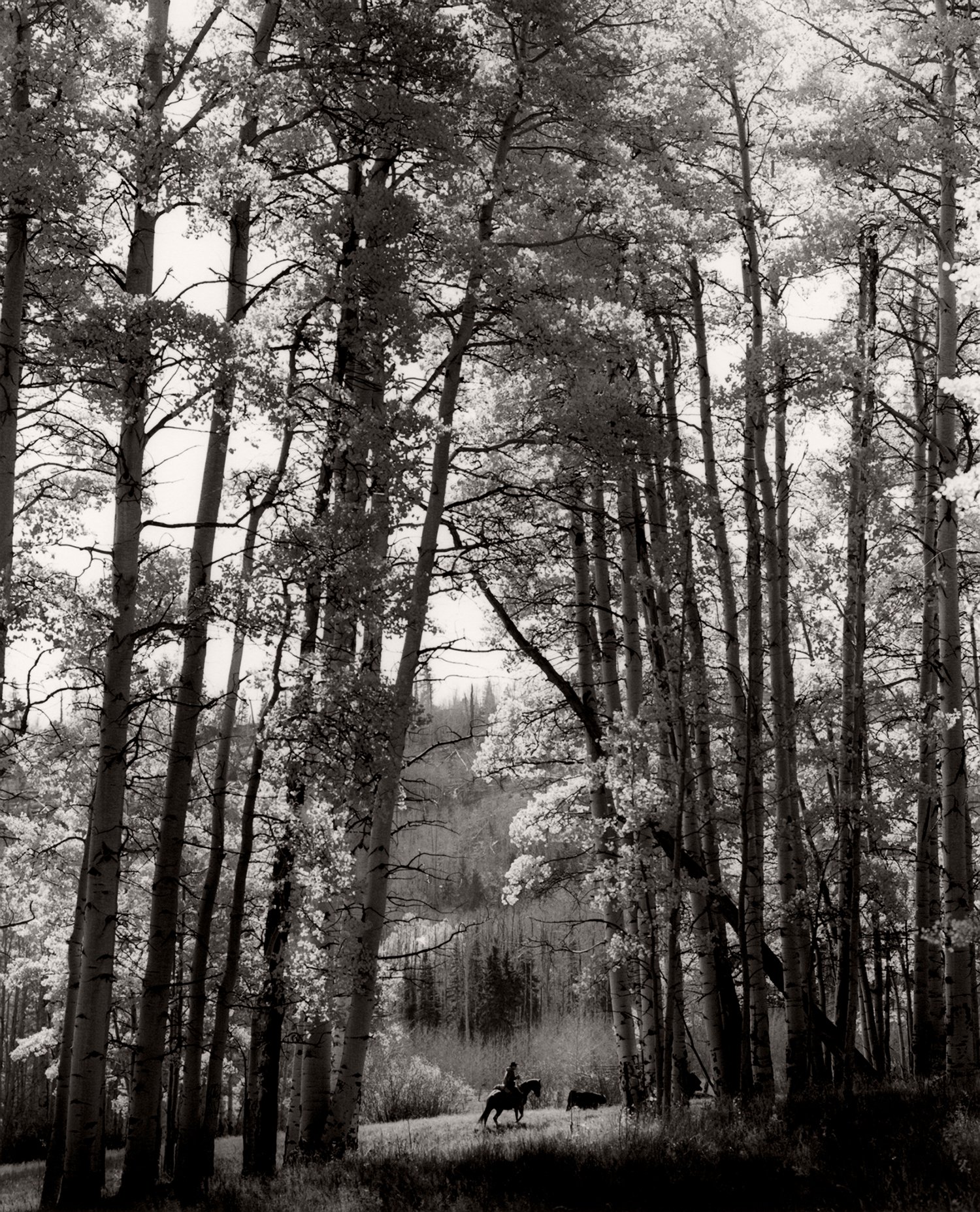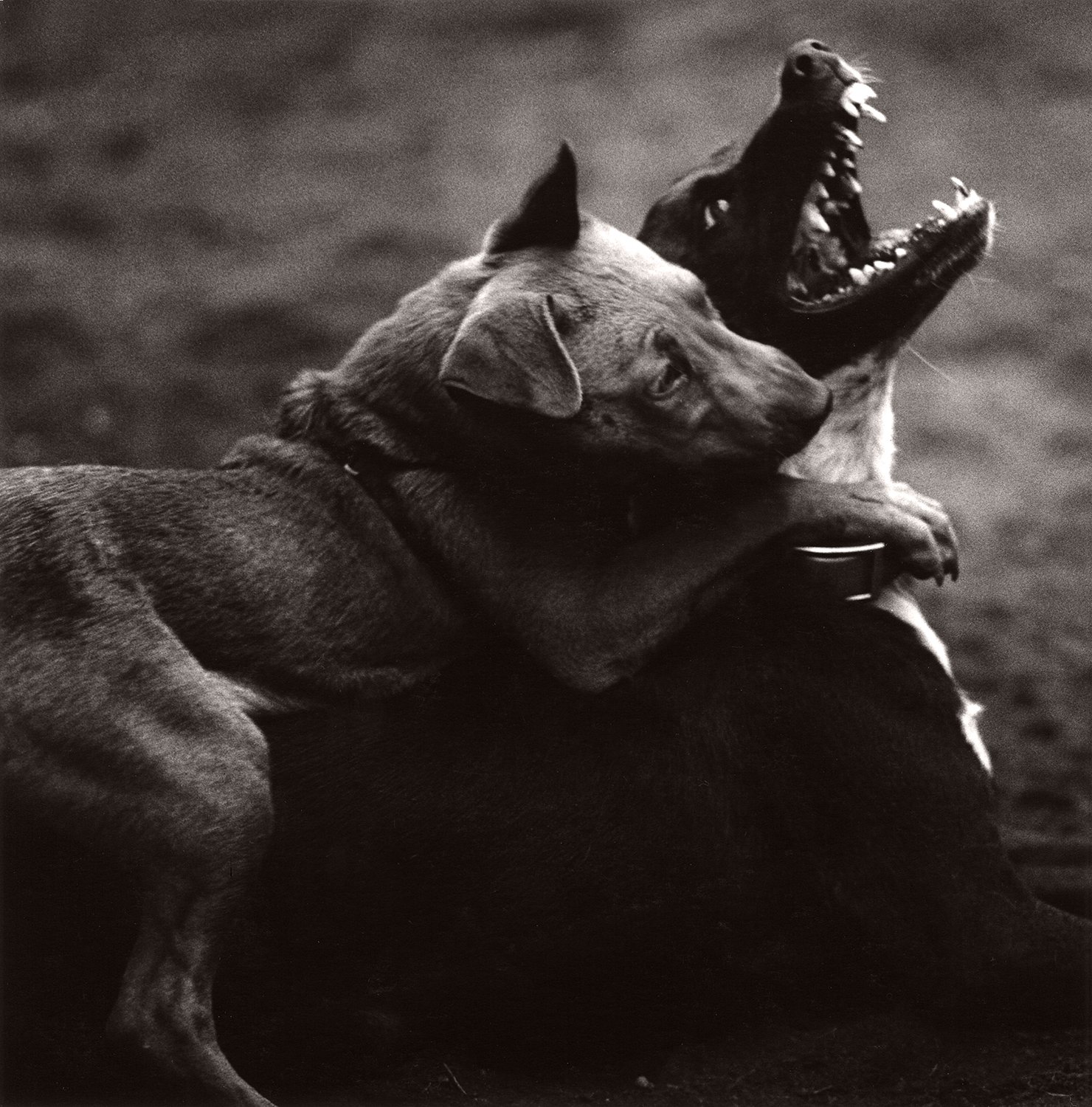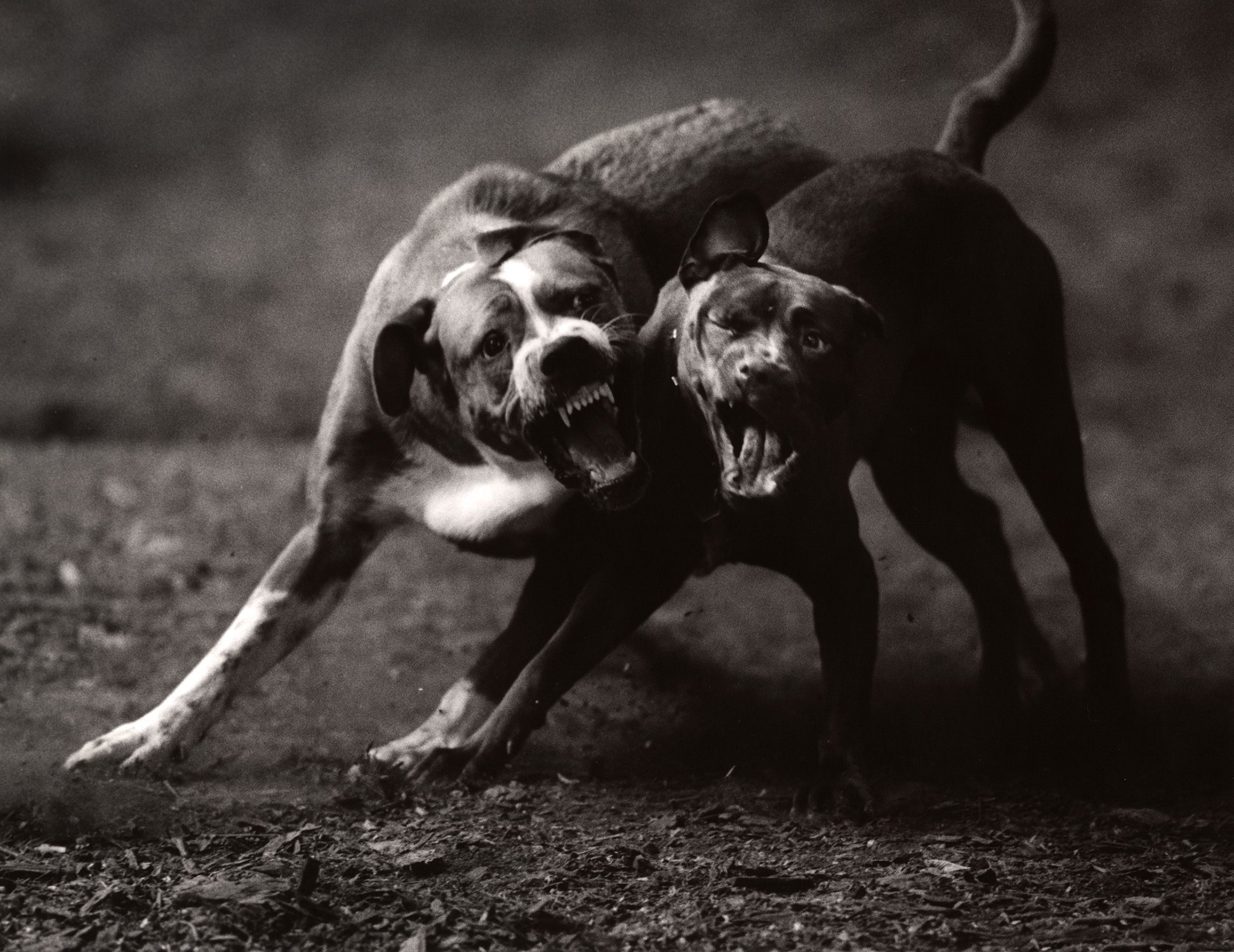Featured Photographer: Michael Crouser – Storytelling and the Art of “Done”
I love this job. I get to meet and talk with fellow photographers who inspire me. Their words and images make me want to go out and shoot, and their ideas challenge me to see better and think differently. Photographer Michael Crouser is definitely an inspiring and thoughtful photographer.
Michael is a soft-spoken man who lives in Minnesota with his wife Maria and new son, Conrad. His photographic journey began at age 14 when he set up his first darkroom in his parents’ basement. His work is inspired by early European photographers like Brassaï, Jacques Henri Lartigue, Henri Cartier-Bresson and Léonard Misonne as well as the landscapes of American photographer Edward S. Curtis. Although he shoots commercially, it’s his continuing fine art projects that caught my attention and have inspired me as a photographer.
With three books published, and another project in progress his work has transcended a singular subject focus and explored everything from Bullfighting to Dogs to true Cowboy Culture. Michael seems to have a way of making you feel for the subjects that he’s photographing in a very personal way. Almost like he is invisible to his subjects and is observing and sharing an intimate view of the people and moments that he captures on film. This is a gift.
Talking to Michael was like speaking to an old friend as he was so open and willing to talk about his experiences, approach, passion and process of creating his work. One of the topics that I found most intriguing, as I greatly struggle with this myself, is the concept of knowing when a project is done. How do you know? How do you plan? How do you create a full story? Questions we all need to know and understand in order to approach long-term projects with success in mind.
Make it personal.
Michael spent 15 years on his first book, often calling it “The box in the basement” as the final prints would go into a heavy black case, which he imagined finding, decades in the future, down in the basement, having never been published. Los Toros, his look at the world of bullfighting was an unexpected subject that he became personally attached to and thrived in the challenge of telling that story through a series of black and white photographs.
“When I started work on “Los Toros” I was not even yet a professional photographer. I had been taking and printing pictures for years, but I was just out of college and had no idea what I’d do with my life going forward. There were a lot of friends traveling around at that moment, as we had all just graduated, and one buddy suggested we read Hemingway’s “Death in the Afternoon” and really get to know the subject and then go to a few bullfights at Madrid’s bullring, Las Ventas. And we did just that. I was immediately captivated by what I saw. It was heavy, and sad, and exhilarating. It was old, somehow. Our spectacles always strive to be fantastic and loud and bright, but the bullfight had no signage, no replay, not even any announcements. It just started, and it was serious. It was emotional and visual. I didn’t know at the time that I would produce a book on the subject, but I knew that I would be back. And I did come back…I went to over 150 bullfights over the course of the next fifteen years, in order to know my subject and properly tell the story I wanted to tell.”
There are no deadlines.
We’re talking about deeply felt, personal projects here. The project is not complete until, well, it is. The final product and your desired vision will dictate when a project is truly done. How do we capture that magic moment that truly tells the story we wish to tell? Sometimes it just happens, that magic when we see and are able to capture exactly what we want to. So often though, it doesn’t happen that way and we have to keep looking, seeing and working to capture what we desire to convey. This can take, days, weeks and even many years. As Michael says, “Your images are a reflection of you”. How do you want to be seen in 5, 25, 50 years from now?
Have a vision and a plan.
Now with the “no deadline” mindset a project could just go on forever and ever. Michael’s approach to overcoming this creative dilemma is to have a clear vision and a plan. Define the story you want to tell. Outline that story just as you would if you were writing a book with chapters, a beginning, a middle and an end. With this in mind you can shoot with intention. This process allowed Michael the freedom to understand the story he was telling and gave focus to the effort of making photographs that filled in the missing elements of his complete story.
Use the tools that are appropriate for telling the visual story that way you want it to be seen.
Michael chooses film to tell his stories–most often a medium format Pentax 67 or a Nikon F4 with Kodak Tri-X film. Why film?
“The largest part of my attraction to shooting film is not necessarily that you can immediately tell the difference between digital black and white and a film produced final product. It’s the process that I love so much. I think of it as personal craft”.
From my perspective, I can see and, even more importantly to me, feel that personal connection Michael has to his subjects and his craft. The tools, the connection, the feeling and the intimacy he is able to capture is magical and inspiring.
Michael could probably write a full book just about photography, process, creativity and vision drawn from his years of experiences. He has taught at The International Center of Photography in New York, The Minneapolis Photo Center and The Santa Fe Photographic Workshops and I’m sure that his students receive an incredible look and insight into the process he has mastered.
I highly recommend that you spend some time looking at his work included here and on his web site. Even more, I recommend that you pick up one of his books to get the full tactile experience of seeing through his eyes the wonders and moments that most of us will never have the opportunity to experience ourselves. You can purchase Michael’s latest book Mountain Ranch now from UT Press and connect with him on Website and Instagram.
Video
Gallery
ABOUT THE AUTHOR
Tim Scott is a working creative director in the world of advertising and design with an obsessive passion for photography. Tim’s dedication to all things visual and story-telling has led him through the top agencies in NYC as a creative director and art director working with brands, global and national. Tim now lives and works from the edge of Los Angeles County in Pomona, California with his beautiful wife Rachel. He is a writer and curator for Analog Forever Magazine. Connect with Tim Scott on his Website and on Instagram!
























